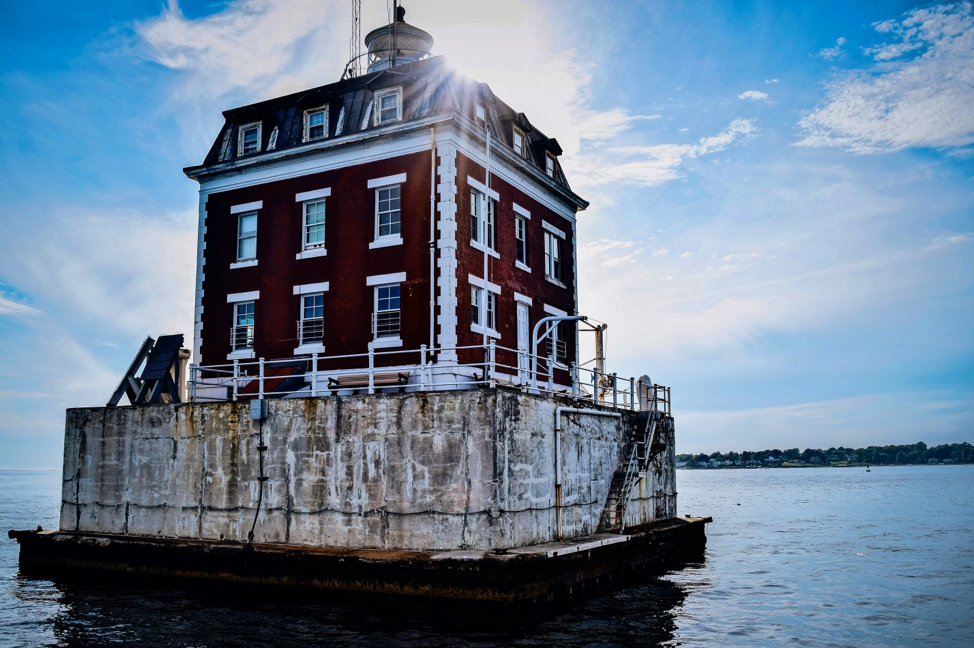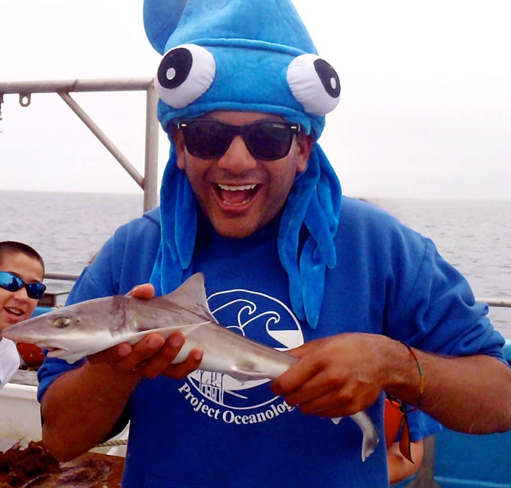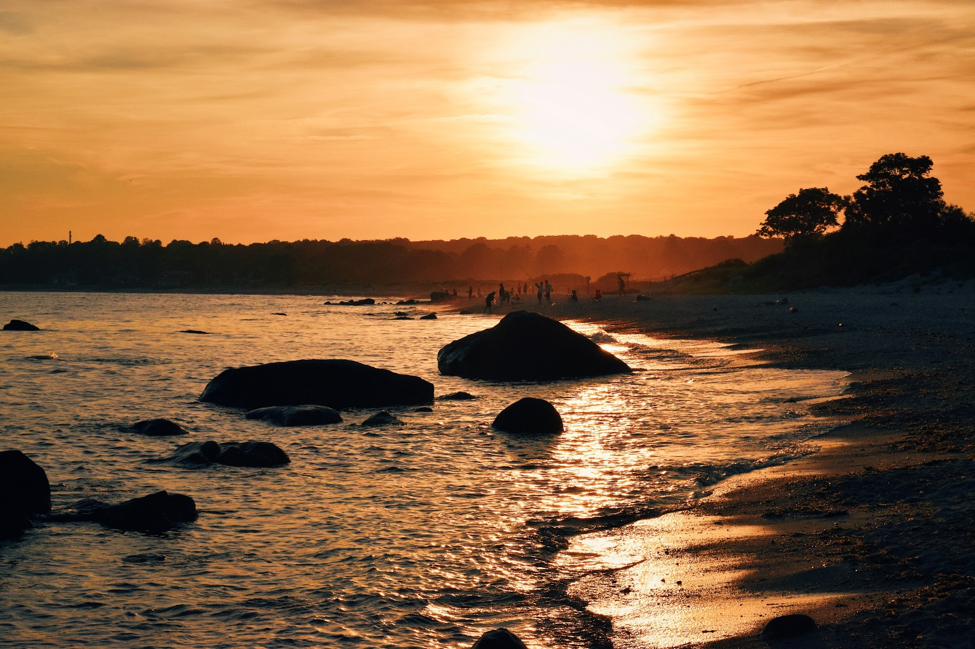Estuaries, the Coastal Super Heroes
Are we the well-meaning sidekick who just can’t stop getting in our hero’s way?

Wonder Woman? Aquaman? Batman? All of the above? (GASP! Holy saltmarshes ocean fans, am I drawing a connection between Super Heroes and a marine ecosystem?!) When I think about estuaries, that’s what comes to mind. By the National Oceanic and Atmospheric Administration’s (NOAA) definition, an estuary is simply “a partially enclosed body of water, and its surrounding coastal habitats where saltwater from the ocean mixes with fresh water from rivers or streams.” But to me, they’ve got super powers that keep our coastlines safe and healthy.
BAM!
Similar to how Wonder Woman deflects blows from speeding bullets with her trusty bracelets, wetlands in estuaries filter out toxic pollutants and defend us from powerful oceanic waves, even subduing deadly storm surges.

KAPOW!
Aquaman nurtures sea life much like how gentle salty and fresh estuarine waters serve as nurseries for baby fishes and other little critters while their nutrient-rich soils help provide homes for thousands of species.

WHAM!
Coupled with deflecting and nurturing, estuaries flush their communities with cash—just like Batman. The commercial shipping, fishing, tourism and recreational boating industries rely on calm estuarine waters and their heavily trafficked ports to create tens of millions of jobs that add billions of dollars to the US economy.

Estuaries can even fight climate change by sucking excess greenhouse gasses, like carbon dioxide, right out of thin air. I don’t know of a Super Hero who can do anything remotely like that!

Estuaries protect, care and provide for us, but right now, estuaries are fighting for their lives. Who’s killing them? Us. Who can save them? Us. It’s as though, collectively, we are a well-meaning sidekick who just can’t stop getting in our hero’s way.

Coastal communities are growing. Fast. In fact, they’re growing three times faster than their inland counterparts. As populations grow, cities and towns have been forced to develop over wetlands, destroying important natural defenses. On top of that, since our society values green lawns this influx of people is resulting in higher use of fertilizers, pesticides and other pollutants that runoff into rivers that drain into estuaries.
It doesn’t need to be this way.
At the 9th National Summit on Coastal and Estuarine Restoration, I heard conservation experts, artists, business leaders and federal agency representatives from around the country talk about what they’re doing to defend their community’s estuaries. I learned that many regions, states, cities, and municipalities are turning to ocean planning—a common-sense system that gives all ocean users the information they need to make the best management decisions by providing them with both valuable data and an avenue to collaborate with each other, avoiding conflicts and negatively impacting important habitats.

After learning about so many different estuaries, I wondered what my home state’s doing to keep my estuary safe. I grew up in East Lyme, Connecticut and so the Long Island Sound forever holds a special place in my heart. Sitting at my desk in DC, I can close my eyes and transport myself back to the Sound. A gentle breeze kisses my cheek, the soft rhythm of cool waves laps at my feet as brilliant oranges, purples and reds of a setting sun paints the sky. I can smell the salty air and feel my heart steady, marching to the beat of the sea’s drum as my stress washes away like my footprints beneath the incoming tide. This isn’t one single memory, but a collection of thousands. Long Island Sound is where I hung out with my childhood friends. It’s where I had barbeques with my family. It’s where I first found a love for our ocean with Project Oceanology and where I learned everything I know about marine science with the University of Connecticut. Throughout my adolescence, into adulthood, and to this day, happy or sad, rain or shine, night or day, summer or winter, I travel to the Long Island Sound to be… me.

So, you could say I was relieved to learn that Connecticut has its own ocean plan in the works—The Long Island Sound Blue Plan. Connecticut’s Department of Energy and Environmental Protection (DEEP) began working on it in 2015, and I’m excited to say they aim for a draft of the Plan is to be completed by March 1, 2019. It seeks to establish a record of Long Island Sound’s natural resources that will eventually inform a set of policies based on where and how much of those natural resources there are. The Blue Plan will help preserve Long Island Sound by using a science-based, decision-making process to allow everyone to sustainably use the Sound, whether it’s for work or play, while minimizing the likelihood for conflicts to arise between estuary users. In short, the Plan will ensure that Long Island Sound will remain big enough for all of us.

Like all estuaries do for many of their young inhabitants, Long Island Sound nurtured me until I was ready to swim out into the big ocean. Without it, I wouldn’t be who or where I am today and for that, the Sound will always be my Super Hero.

With that, I have one request. Be a hero and help protect your estuary. Here are 3 ways the National Estuary Program (NEP) suggests how you can do just that.
- Minimize the use of fertilizers and pesticides on your yard
- Help plant trees or seagrass
- Participate in trash clean-up days like the International Coastal Cleanup!
Finally, all Super Heroes have a theme song, so here’s one just for you!